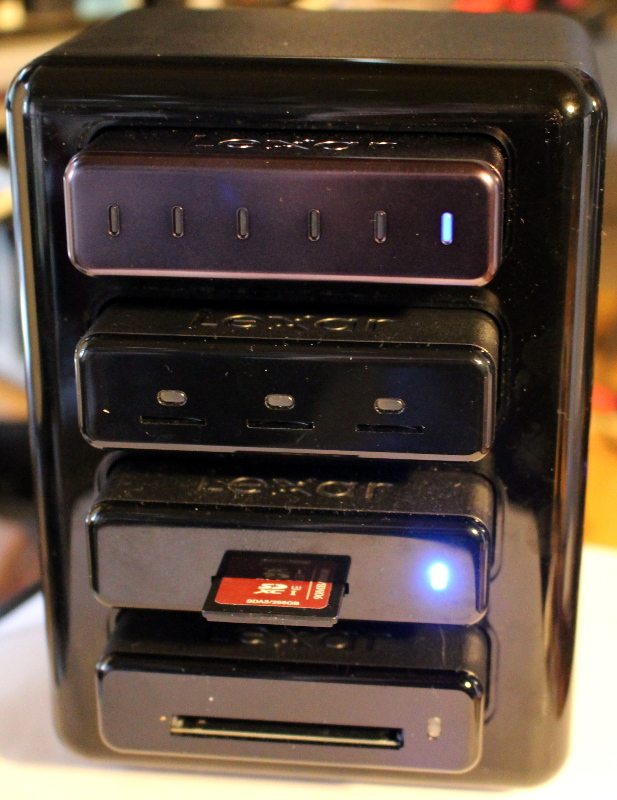Lexar 512GB Portable SSD D512 USB 3.0 Solid State Drive Review
Bohs Hansen / 9 years ago
Test Procedure & Methodology
Testing an external solid state drive isn’t much different than testing an internal one, except that there are a few tests that we can’t run because the apps only work for internal connection. We can still make it a great review and test all the drives aspects and use the same testing methodology.
We will start with a normal benchmark analysis of the formatted drive with various fillage scenarios. Depending on how a drive is built, it might perform differently depending on how much data it already is storing. To test this, the drive will be tested empty as well as with 25%, 50%, and 75% space usage. For these tests, we will be using Anvil’s Storage Utilities, AS SSD Benchmark, ATTO Benchmark, and CrystalDiskMark. Besides these synthetic fill tests, the drive will also be tested with AIDA64’s storage benchmark to get more drive details.
Durability is also a factor when it comes to NAND-based drives as the chips only can be rewritten so many times before they’ll stop working properly. Modern SSDs come with wear-level algorithms to increase the lifetime and reduce this factor as much as possible. We also take this into consideration in our reviews, but real-world conditions would take years to complete. Luckily Anvil’s Storage Utilities comes with an endurance test to simulate this. It is considerably faster, but it is still a process that can take up to three days where we’ll write up to 10 TB data to the drive in the form of thousands and thousands of small files in various sizes and compressibility. This is also one of the differences between ordinary flash drives and portable SSDs, the endurance abilities.
Following the conditioning process, all of the previous benchmarks will be run again in the same scenarios and order. This will give us a great view on how a drive will perform after 3 years of usage and that is a very relevant factor.
Modern operating systems all take care of the TRIM command in the background and it isn’t something normal users need to worry about. However, For these reviews, I will add a waiting period between each benchmark to make sure that the TRIM command has been fully executed and finished. We want a clear picture of the drives performance with minimal interference from the operating system.
On each page that follows with the benchmark results, I have inserted the screenshots from the benchmark results, created a drive analysis chart for fill-level as well as a drive comparison chart for each software used, where possible.

Test system:
- GA-Z170X-Gaming 7-EU
- Intel Core i5-6600K
- EVGA GTX 980 SC
- Kingston Fury DDR4 2400MHz 32GB
- Samsung SM951 NVMe 256GB in RAID 0
- be quiet! Dark Power Pro 10 850W
- Thermaltake Water 3.0 Ultimate
Software used:
- Windows 10 Pro 64Bit
- AIDA64 Disk Benchmark
- Anvil’s Storage Utilities 1.1.0
- AS SSD Benchmark 1.7.4739.38088
- ATTO Benchmark 2.46
- CrystalDiskMark 3.0.3 64-bit
The drive will be connected to a 10 Gbps USB 3.1 port powered by Intel, via Thunderbolt, to make sure that there aren’t any system limitation and we get the best possible speed from our test SSD.



















